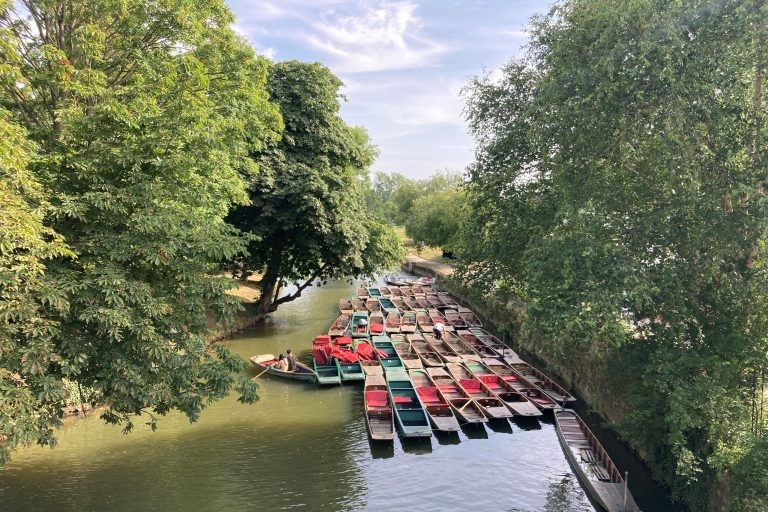There are few better ways to understand London than by walking its river. The Thames Path, stretching nearly 80 miles from the city’s centre to the open meadows of the west, unfolds like a living map — equal parts history, beauty, and the quiet hum of everyday life. Even a short stretch of the walk, from Westminster to Richmond, offers a cross-section of the city’s character that no tour could replicate.
The journey begins beside the gothic spires of Parliament, where the clock of Big Ben watches over the river’s restless tide. Here, the Thames feels formal, framed by embankments and framed once again by power. But as you drift downstream on foot, the city softens. The hum of traffic fades into footsteps, and the rhythm of the river takes over.
By the time you reach the South Bank, the air carries the smell of roasted coffee and the chatter of street performers. Couples pause to watch boats pass beneath the London Eye. Painters, runners, and tourists share the promenade, and for a moment, the city feels both vast and intimate — as if everyone is part of the same current.
Past the Tate Modern, the path narrows. You move from the modern skyline to the shadows of history: Shakespeare’s Globe, the ancient wharf at Bankside, and the low arches of Southwark Bridge. Here, London’s contradictions are on full display — the old and new stacked like sediment along the banks.
A few miles west, the mood changes again. At Battersea, the once-industrial riverfront now brims with glass towers and cafés where cranes once stood. But remnants of the old city linger — a rusted bollard, the echo of machinery, a mural celebrating the power station’s transformation from smoke to light. The Thames has seen it all and never stops moving.
Reaching Putney, the atmosphere shifts to something quieter. Rowers slice through the water with precision, their oars catching the morning light. Locals greet each other on narrow towpaths, dogs tug at leashes, and herons stand sentinel by the reeds. The city’s heartbeat slows here, replaced by something more meditative.
Past Barnes, willows lean into the water, their reflections trembling in the current. The scent of cut grass and wet wood fills the air. For many walkers, this section is where the Thames reveals its true self — less spectacle, more sanctuary. The river becomes not just a feature of the city but a companion, whispering its long memory through the ripples.
Every bridge along the way feels like a chapter marker: Albert Bridge with its soft pastels, Hammersmith Bridge wrapped in scaffolding like a patient mid-restoration. Each crossing tells a story — of ambition, endurance, and the unending dialogue between people and place.
At Richmond, the path opens wide. The river slows to a lazy curve framed by meadows and Georgian terraces. Cyclists stop for coffee at riverside cafés; painters set up easels where Turner once found his light. It feels like an ending, yet also an invitation — the sort of view that asks you to linger just a little longer.
What makes the Thames Path extraordinary isn’t simply its scenery but its accessibility. It belongs equally to the hurried commuter, the Sunday stroller, and the solitary thinker. Every footstep along its edge links the present to centuries past — a reminder that London’s story has always been written beside the water.
By the time you finish your walk, shoes dusted with riverbank clay and lungs full of fresh air, you realise that the Thames isn’t just a line dividing a city. It’s a thread that ties it together — weaving history and humanity into a flow that never truly ends.
